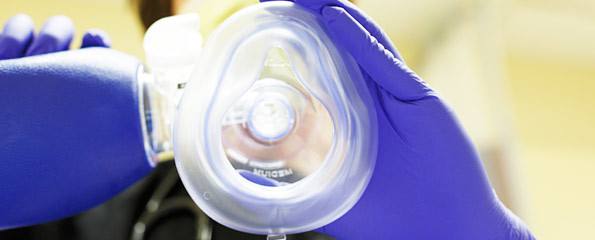Ig Nobel prize winner cracks global anaesthetic
One of the world’s most in-demand anaesthetics can now be produced on the spot, thanks to the thermos-flask sized device that recently won Flinders University inventor Professor Colin Raston an Ig Nobel prize.
Professor Raston and his team of researchers have successfully synthesised Lidocaine using their desktop Vortex Fluidic Device (VFD), in a development with huge implications for the traditional mass production methods of the global pharmaceuticals industry.
It’s so easy to produce Lidocaine with the VFD, which made global headlines earlier this year when it unboiled an egg, that the device’s inventor, Professor Colin Raston, says it could be made in even the most remote locations, with only basic instructions, in less than an hour.
Professor Raston says the ability to produce Lidocaine, one of the World Health Organisation’s (WHO) ‘most important medicines for a basic healthcare system’, in high need areas such as war zone and developing countries signals a paradigm shift in pharmaceutical manufacture.
“The VFD uniquely controls how drug molecules can be made, and this is under continuous flow, such that research in making drug molecules can be readily translated into industry, avoiding conventional scale up problems and large reaction vessels – just leave the VFD running to make as much as you need,” he said.
Professor Raston said the high-tech, yet simple device could be used in medical and pharmaceutical research along with a range of industries – all with a focus on cleaner, greener and more cost effective production.
“This device creates a unique way to develop more sustainable and cost-effective products, services and technologies which can accelerate innovation in a range of industries, from drug manufacturing to food and biodiesel production,” he said.
According to Professor Raston, it is the VFD’s ability to “streamline the loading of drugs into nano-packages for better results and less waste”, that leaves traditional batch processing techniques in its wake.
Professor Raston also says that using more effective drugs will reduce manufacturing waste, with up to half a tonne of waste generated from the production of just 1kg of many drugs, much of which ends up in sewerage systems, possibly creating superbugs in the environment.
The research, in Chemistry – A European Journal – has been published as the VFD becomes commercially available to research organisations around the world.
(Source: Flinders University, Chemistry – A European Journal)
Dates
Tags
Created by:

 Login
Login














